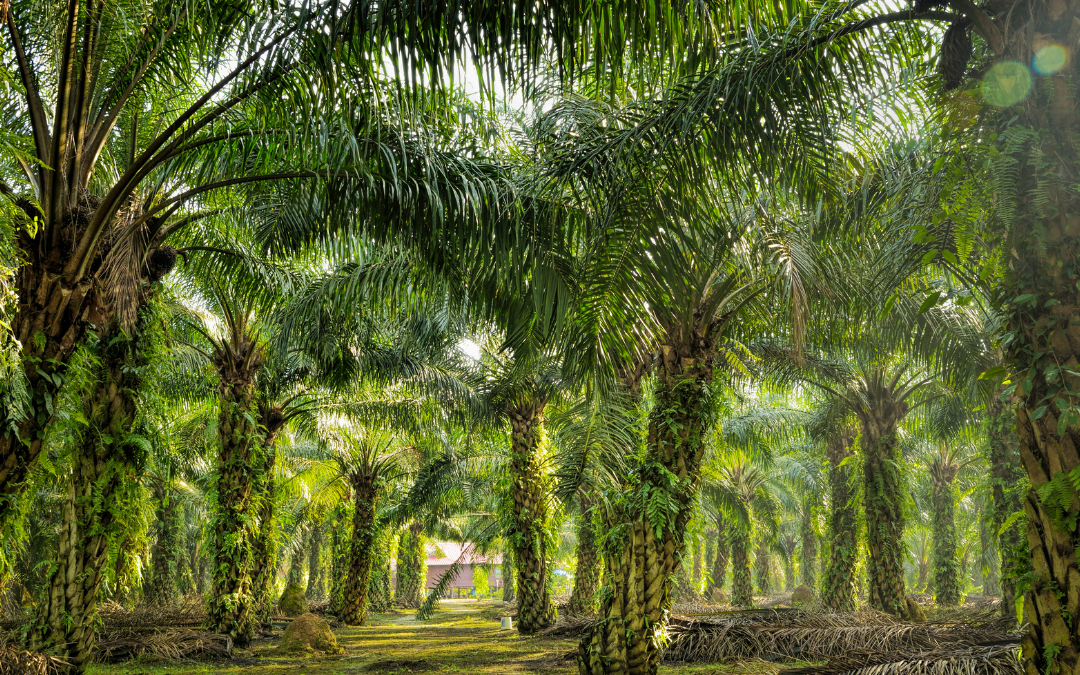Sprinkles
Those colourful decorations that top off your ice cream or your cupcake. Perhaps you have enjoyed a sprinkle birthday cake. Or maybe you like them in cookies. You can sprinkle them on a milkshake. And who hasn’t enjoyed a sprinkle donut. You can sprinkle them on toast. You can sprinkle them on buttered white bread. You can add them to icing and then dunk a cookie in them. Sprinkles add colour and texture to sweet treats. There are so many ways to discover the fun of sprinkles.
There’s another side to sprinkles as well. It involves one of the ingredients. You may be wondering why there’s palm trees in this post about sprinkles. Read on, and we’ll explain.

What do you call them?

Where did Sprinkles Come From?

The Dutch Connection
It was Dutch chocolatiers who perfected the chocolate sprinkle. Dutch confectioner Gerard de Vries saw an opportunity to make chocolate more accessible and appealing to the masses . In 1936, de Vries invented a machine that could produce long, thin strands of chocolate. He called this new product “hagelslag,” which translates to “hailstorm” in English. Chocolate sprinkles became a beloved topping for bread, pastries, and desserts. Following WWII, Dutch immigrants brought chocolate sprinkles with them to other countries, including Canada, the United States, and Australia.

Mostly Made of Sugar
Conventional sprinkles are made from corn syrup, sugar, cornstarch, shortening, wax, and artificial flavors and colors.
This mixture is shaped into long, noodle-like strands, broken into small pieces, and sprayed with food coloring and a sugar glaze.
They generally have little taste and add a bit of crunch; sprinkles bring texture and visual appeal to many different treats, like fairy bread, a special treat in Australia!


The Problems with Sprinkles
There are a few problems with regular sprinkles. For one, there’s the artificial colours. When I see a birthday cake that is completely covered in sprinkles, I think of all the artificial food dye I’ll be eating. In fact, the red dye used in sprinkles is banned in the EU. But we still eat it. Hmmm
Another problem is the artificial flavour. Think about that birthday cake again. Someone made this beautiful cake and then, it goes from being chocolate or vanilla or lemon, to being sprinkle flavoured. Not the greatest.
A third, and very important, issue is that often sprinkles contain palm oil. Palm Oil that is not sustainably harvested is a major contributor to deforestation and habitat loss for endangered and vulnerable species. Better natural sprinkles use sustainably sourced Palm Oil. And the WWF (World Wildlife Fund) supports the continued harvesting of sustainably sourced palm oil as a solution.
Sprinkles Bring Joy
Because when you add a dash of sprinkles to an everyday dessert – you travel back to a simpler time when all it took to make you happy was a few sprinkles.
Get an A on your report card – sprinkles.
Going out for ice cream – add sprinkles.
It’s your birthday – add sprinkles.
At a friend’s house – have a snack with sprinkles.
Go ahead – sprinkle on some joy – you deserve it.
Better yet, sprinkle on some all natural joy.

The tastiest sprinkles are all natural, free from artificial dyes, colours and flavours and contain sustainably sourced ingredients. Like the sprinkles we use at Sable Shortbread. We work hard to source ingredients that don’t harm the planet. We search high and low for organic ingredients. Natural ingredients. Sustainably sourced ingredients. Fair trade ingredients. We look for ethical companies, women-owned and family-owned companies, and co-operatives to buy from. We like to buy from companies that share our philosopy.
We have been buying our all natural sprinkles and coloured sugars from just such a company in Seattle.
And last year we were really thrilled to discover a wonderful line of all natural sprinkles at a family owned and operated company in Quebec. Watch for our sprinkle game to explode in 2024 because these new sprinkles are cuteeeee.
Until next time don’t forget to

